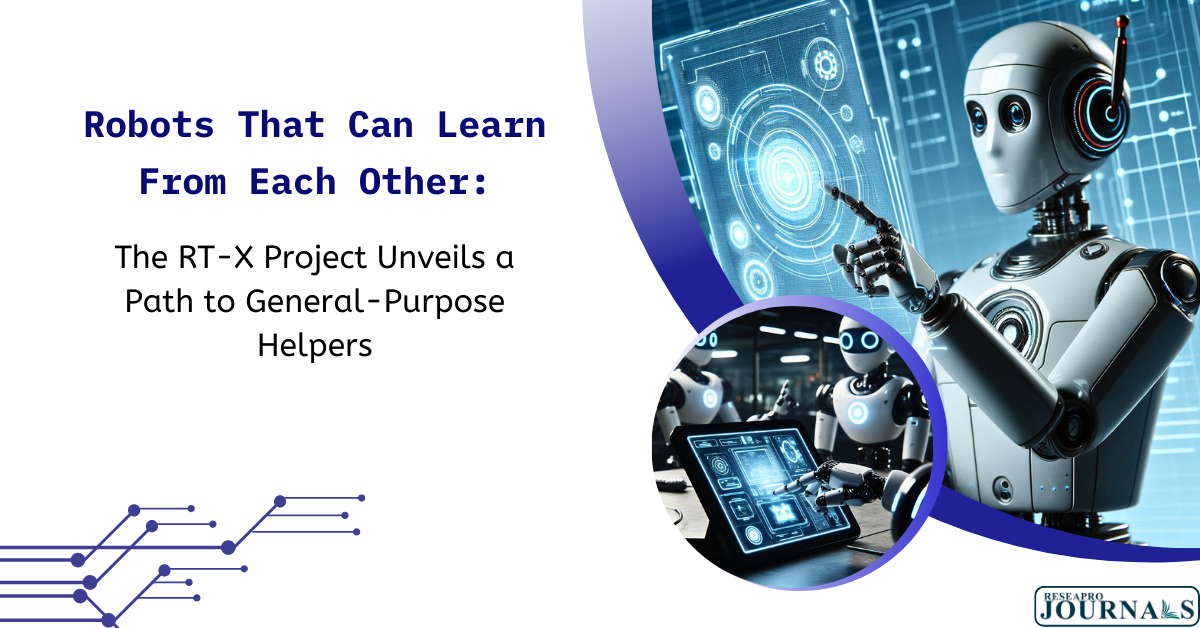Remember those helpful robots from sci-fi movies, effortlessly folding laundry and whipping up breakfast? While we’re not quite there yet, a groundbreaking project called RT-X is taking a giant leap toward making such dreams a reality.
Forget the limitations of robots trained on specific tasks in controlled labs. RT-X brings together the power of shared data and collaborative learning to build robots that can adapt and learn like humans. Imagine a robot that can seamlessly switch between picking up groceries, opening doors, and even understanding your complex instructions like “Bring me my coffee with an extra shot.”
How does it work?
- Big Data, Diverse Skills: RT-X boasts the largest open-source dataset of real robotic actions, featuring nearly a million trials from 22 different types of robots! This collaborative effort by 33 labs across the globe is creating a library of skills and experiences that any robot can draw from.
- One Brain, Many Bodies: Think of it as a unified “robot brain” powered by a sophisticated neural network. This brain, trained on the diverse RT-X data, can control various robots, even those with different appearances and capabilities. It’s like learning to ride a bike and then applying that knowledge to drive a car – all with the same brain!
- Beyond Physical Prowess: RT-X doesn’t stop at physical skills. It taps into the vast knowledge of the internet through vision-language models like ChatGPT, enabling robots to understand simple instructions and even perform basic reasoning tasks. Imagine telling your robot to “move the apple between the orange and the banana,” and it knows exactly what to do!
Early results are promising:
- In head-to-head tests, the RT-X model outperformed individual labs’ best control systems by 50%! This shared knowledge makes robots more robust and adaptable to different situations.
- Experiments show that combining internet-acquired “common sense” with multi-robot data improves generalization to new tasks by three times! This opens the door for robots that can understand and respond to our nuanced requests.
The future of RT-X:
- Expanding the dataset with different robot types, simulated environments, and sensor suites.
- Developing tools and standards to make cross-embodiment research accessible to all.
- Moving towards robots that can combine manipulation and locomotion, truly becoming our versatile helpers.
RT-X is not just a project; it’s a revolution. It’s a glimpse into a future where robots, powered by shared knowledge and learning, seamlessly integrate into our lives, making them more than just machines – they become our partners in progress.




